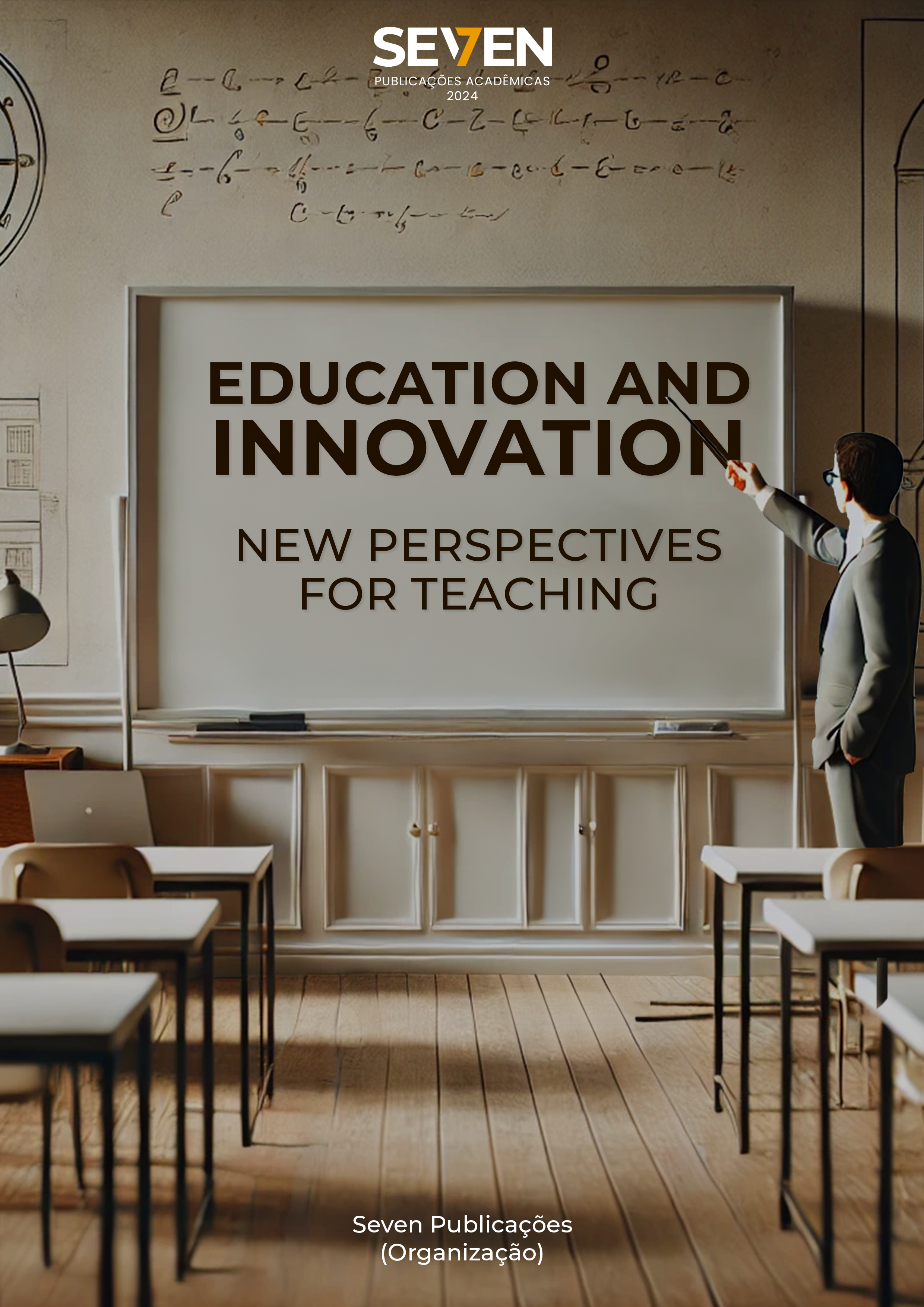ARTISANAL VS. INDUSTRIALIZED FOODS: CONSUMER CHOICES AND MARKET TREND
Keywords:
Preference, Market study, Consumer decision, QuestionnaireAbstract
Market research enables the acquisition of important information and data for management and development in the industry. This study aimed to profile consumers based on their preferences for artisanal and industrialized products.
This is justified because, with the constant changes in consumers' eating habits, understanding their behavior concerning their knowledge and consumption of these products can be useful in outlining strategies for the sector's development and understanding potential shifts in food consumption. Therefore, this article aims to explore consumers' preferences concerning two types of products (artisanal and processed). For this research, a market survey was conducted using an online questionnaire via the Google Forms platform, which received 100 responses. Data analysis and tabulation were performed using the statistical software R. The participating audience was mostly composed of single women, consumers of both artisanal and processed products, who reported that their emotions directly influenced their food choices. Furthermore, artisanal products are often consumed along with other food types categories of food and have weak ties to other categories classes. Thus, the consumption of artisanal products must offer advantages that meet consumers' demands, in addition to overcoming barriers imposed by non-sensory characteristics such as income, which can be considered one of the main limiting factors.
DOI: https://doi.org/10.56238/sevened2024.041-020
Downloads
Published
Issue
Section
License
Copyright (c) 2024 Arthur Vinicius de Abreu Oliveira, Laís Fernanda Batista, Amanda Lélis de Souza, Samiris Coccô Teixeira, Francisca Liliane Rocha da Silva, Inês Clarissa Gomes Sousa, Daiana Salles Pontes, Dalila Angelico Rocha, Daniele Ferreira Oliveira, Gustavo Lucas Silva Campos, Giovana Maria Pereira Assumpção

This work is licensed under a Creative Commons Attribution-NonCommercial 4.0 International License.





